New Orleans Looks To Amsterdam For A New Flood Plan
NEW ORLEANS ― Twelve years after Hurricane Katrina became the worst natural disaster in U.S. history, New Orleans is still struggling with infrastructure issues that make it difficult to stave off floods. As the city scrambles to fix its broken water pumps for the remnants of Hurricane Harvey, engineers are working with the Dutch government on a longer-term, environmentally friendly plan to let the water in and make New Orleans look more like Amsterdam.
“We can’t simply address the hard infrastructure issues,” like drain pumps and levees, said Justin Ehrenwerth, president and chief executive of The Water Institute of the Gulf, an independent research group. “We have to look at green infrastructure and develop better practices of living with water.”
Last month, The Water Institute, which is supporting Louisiana’s $50 billion coastal protection plan, joined forces with a Dutch research company, Deltares of the Netherlands, to develop nature-based solutions to New Orleans’ water problems. Dutch designers have been collaborating with New Orleans engineers and architects since 2006, but the work grows more urgent each year as climate change exacerbates the storms and coastal erosion that threaten to sink New Orleans. If the city can learn to embrace and store the water in productive ways, as Dutch cities like Amsterdam and Rotterdam have done with their canal systems, flooding will cease to be as much of a threat.
“There are already bayous that go through the city,” Ehrenwerth said. “The question is how can we enhance them. There is a commitment by the New Orleans city leadership to move forward with that line of thinking, which unfortunately becomes more necessary the more we see these storms.”
New Orleans has already begun to experiment with green infrastructure in the Gentilly Resilience District, a racially diverse, middle-class area of the city that has become the poster child for innovative water plans. As part of the project, which is funded by the Department of Housing and Urban Development and received $141 million from the National Disaster Resilience Competition, a former convent was converted into a “water garden” and recreation space that can store up to 10 billion gallons of stormwater. And the medians, or neutral grounds, of major streets in the area have been redesigned to store water.
“In Amsterdam, you don’t want to walk on a dry street; you want to walk on a wet street,” David Waggonner, an urban and environmental architect working on the city’s water strategy, told The Atlantic. “In New Orleans, we’ve hidden and squandered the asset.”
New Orleans officials are very much in favor of investments in green infrastructure. City Councilman Jason Williams told HuffPost on Monday that he would like to see the city paved with a permeable material, instead of concrete, and have Dutch-style canals and ditches.
“If you fight with water in a riptide, you are going to lose,” Williams said. “So we have to learn to live with it, to give it a place to go other than into your house or car.”
Houston should also be taking notes from the Netherlands. The city is only 40 miles from the Gulf Coast and 50 feet above sea level, making it extremely prone to floods like the one happening now. More people have died from flooding in Houston than in any other locality in the country since 1960, according to a report by Texas A&M University ― and a large part of the problem is the city’s massive sprawl of concrete.
“Houston has basically just grown outwards,” Andrew Dessler, a climatologist and professor of atmospheric sciences at Texas A&M, told HuffPost on Sunday. “As Houston grows out, you’re paving over more and more space and you’re collecting rain over a larger area that’s just hitting cement. It’s got to go somewhere, so it gets concentrated where the elevation is low.”
As global warming magnifies these storms and raises sea levels, cities like New Orleans and Houston have no choice but to adapt and learn, despite the climate change skeptic in the Oval Office and his administration.
“We don’t have the luxury of sitting around and debating these issues,” said Ehrenwerth. “We just have to live with it every day. It’s an issue of life or death.”
Also on HuffPost


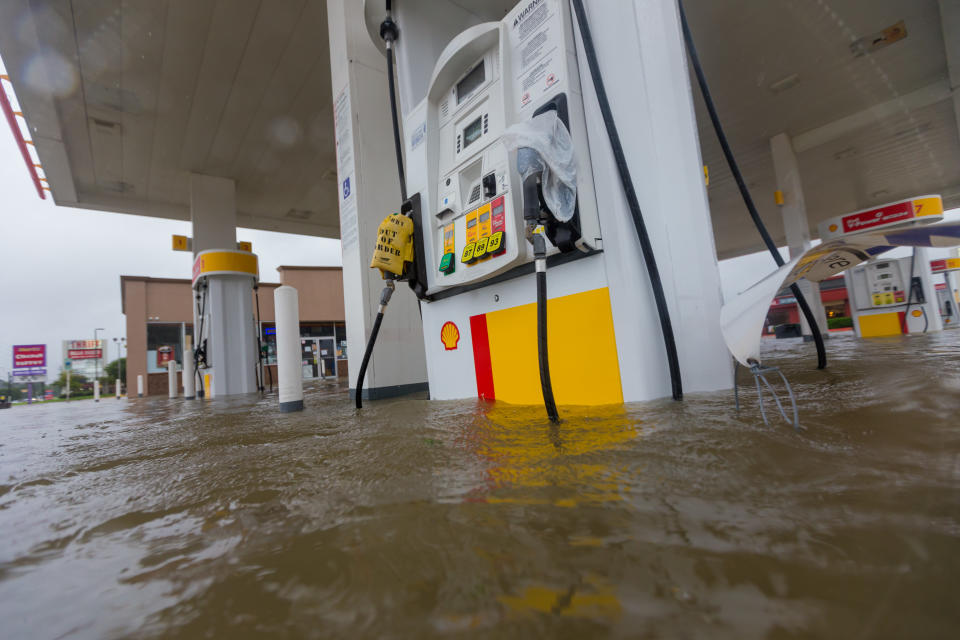
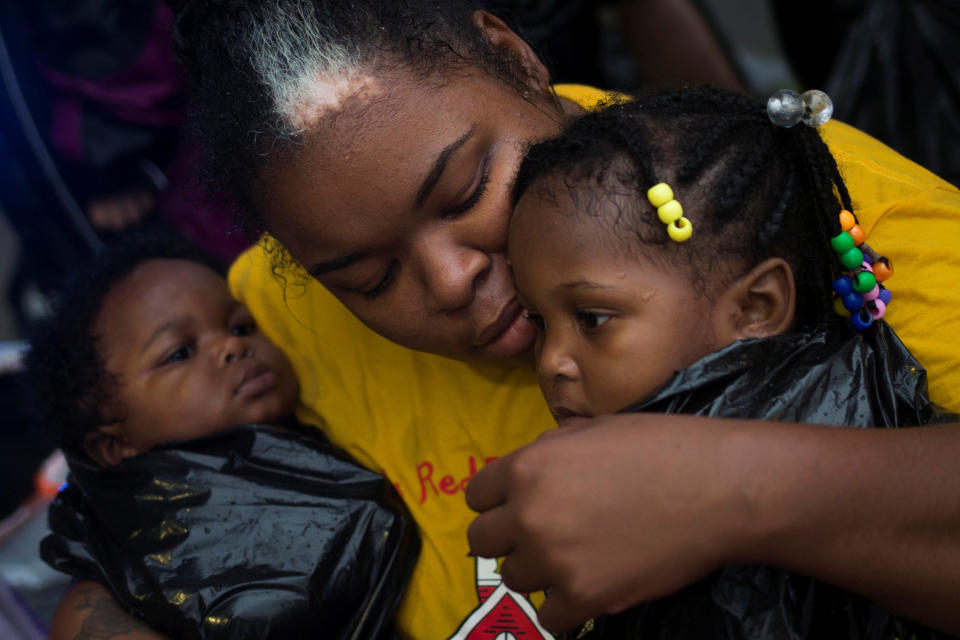
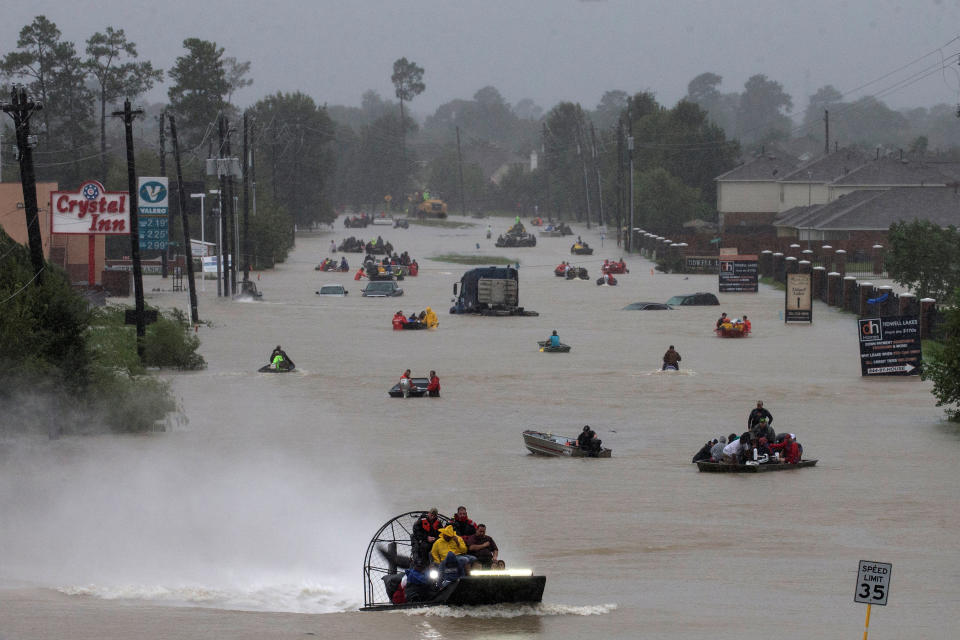


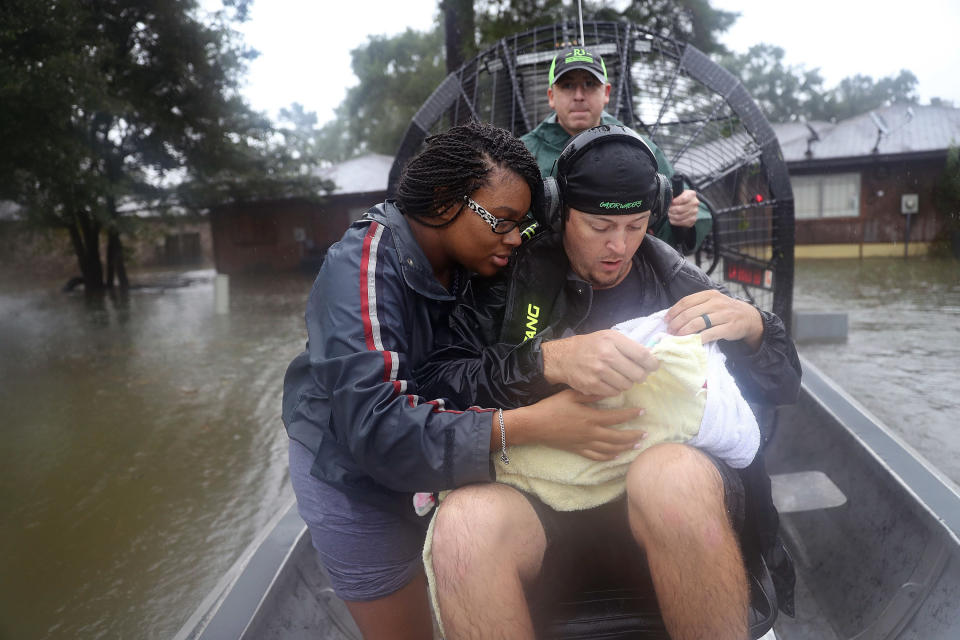


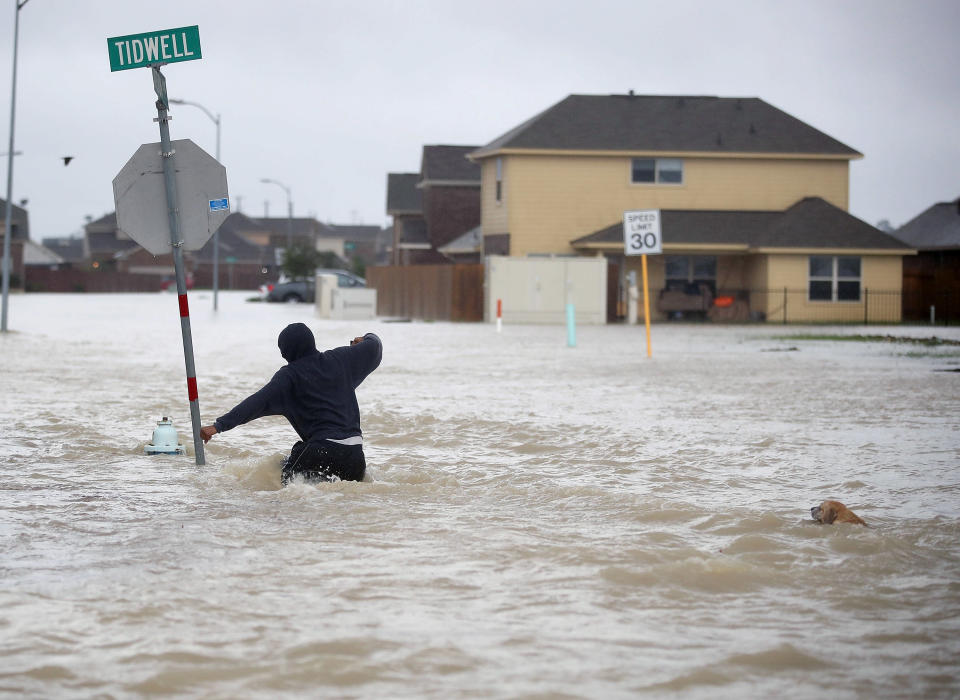
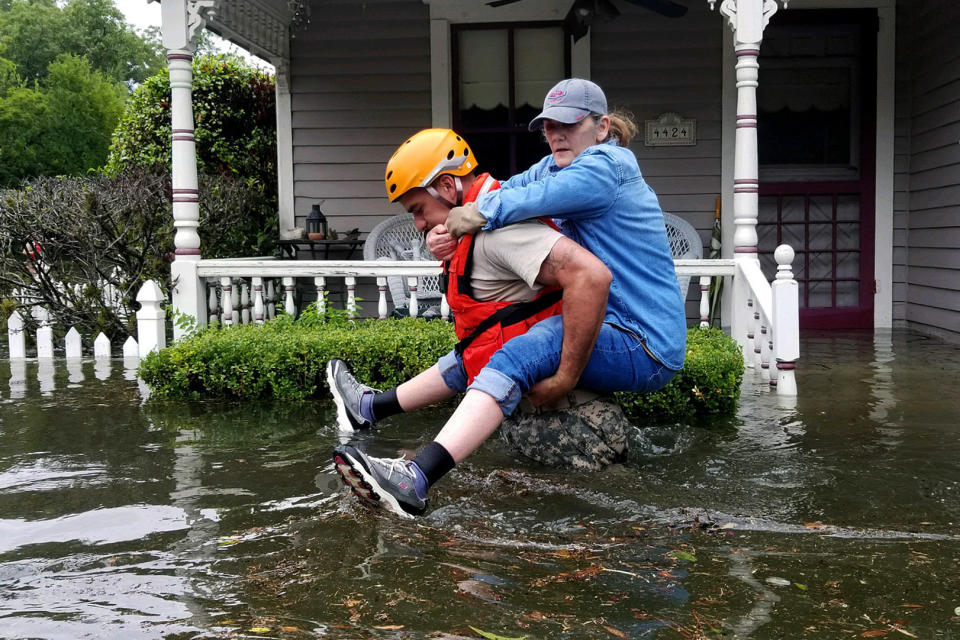
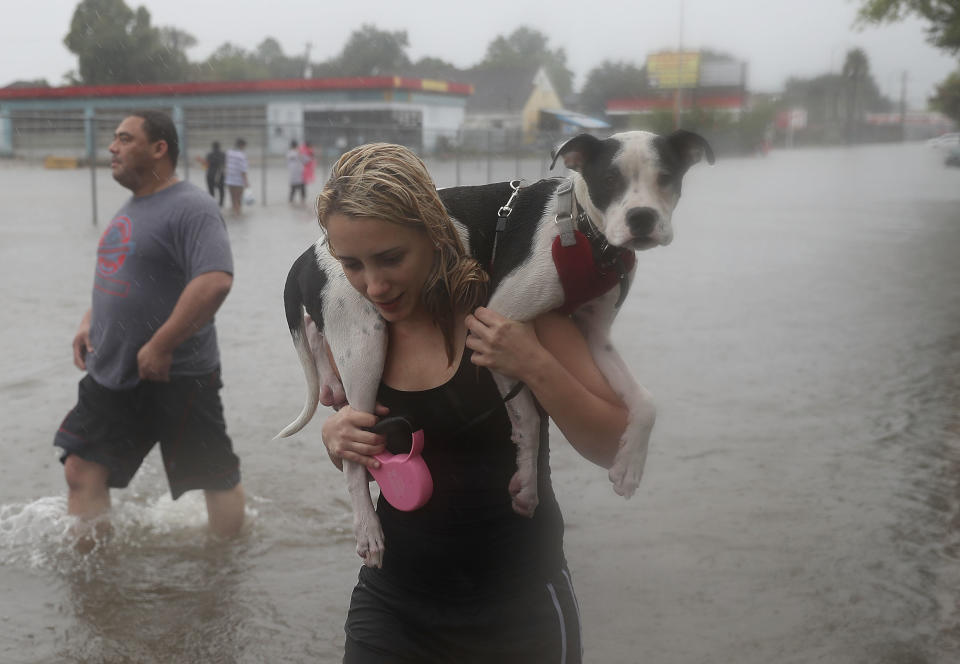



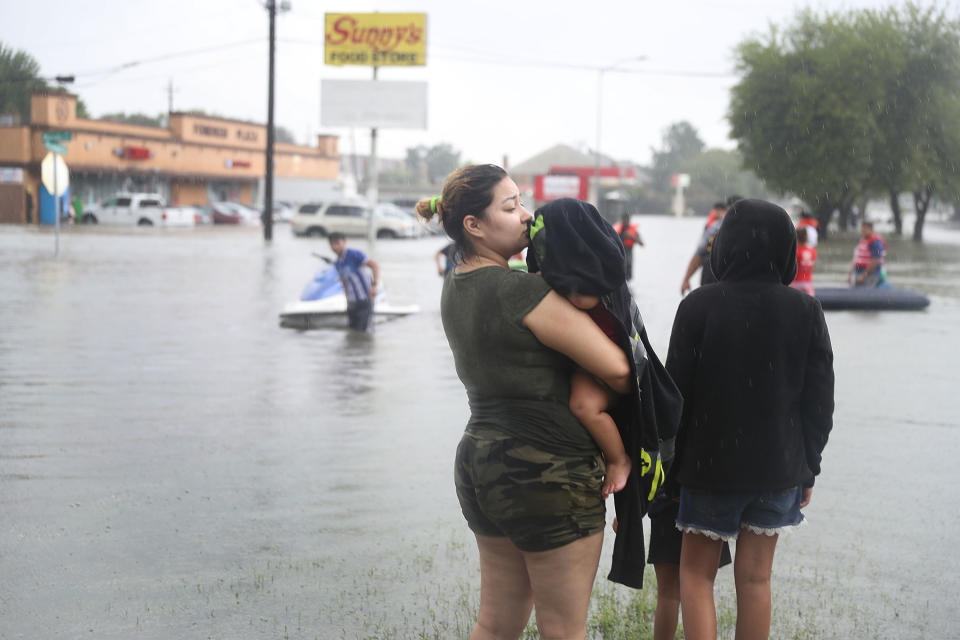
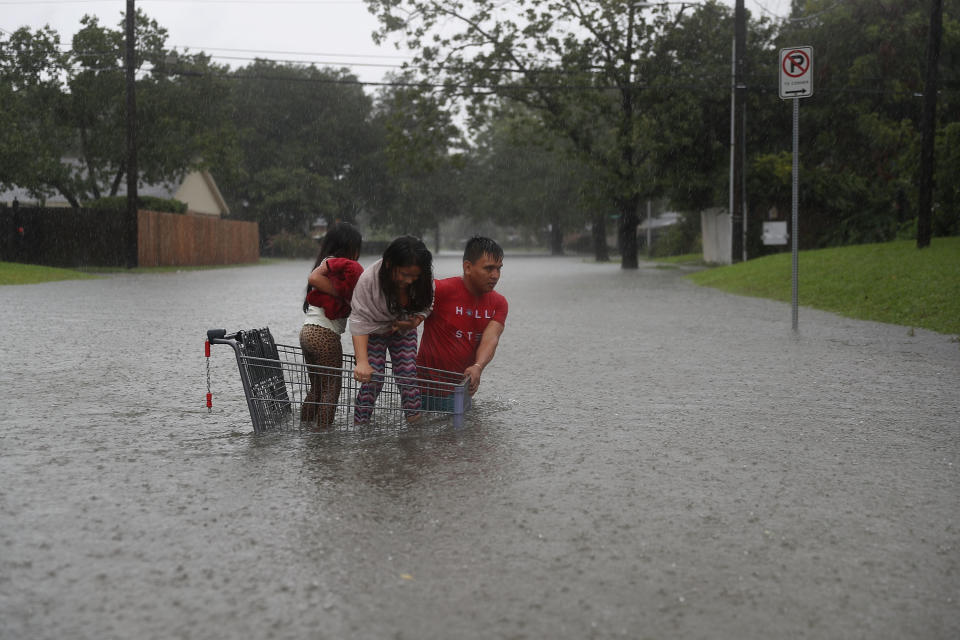

Love HuffPost? Become a founding member of HuffPost Plus today.
This article originally appeared on HuffPost.

